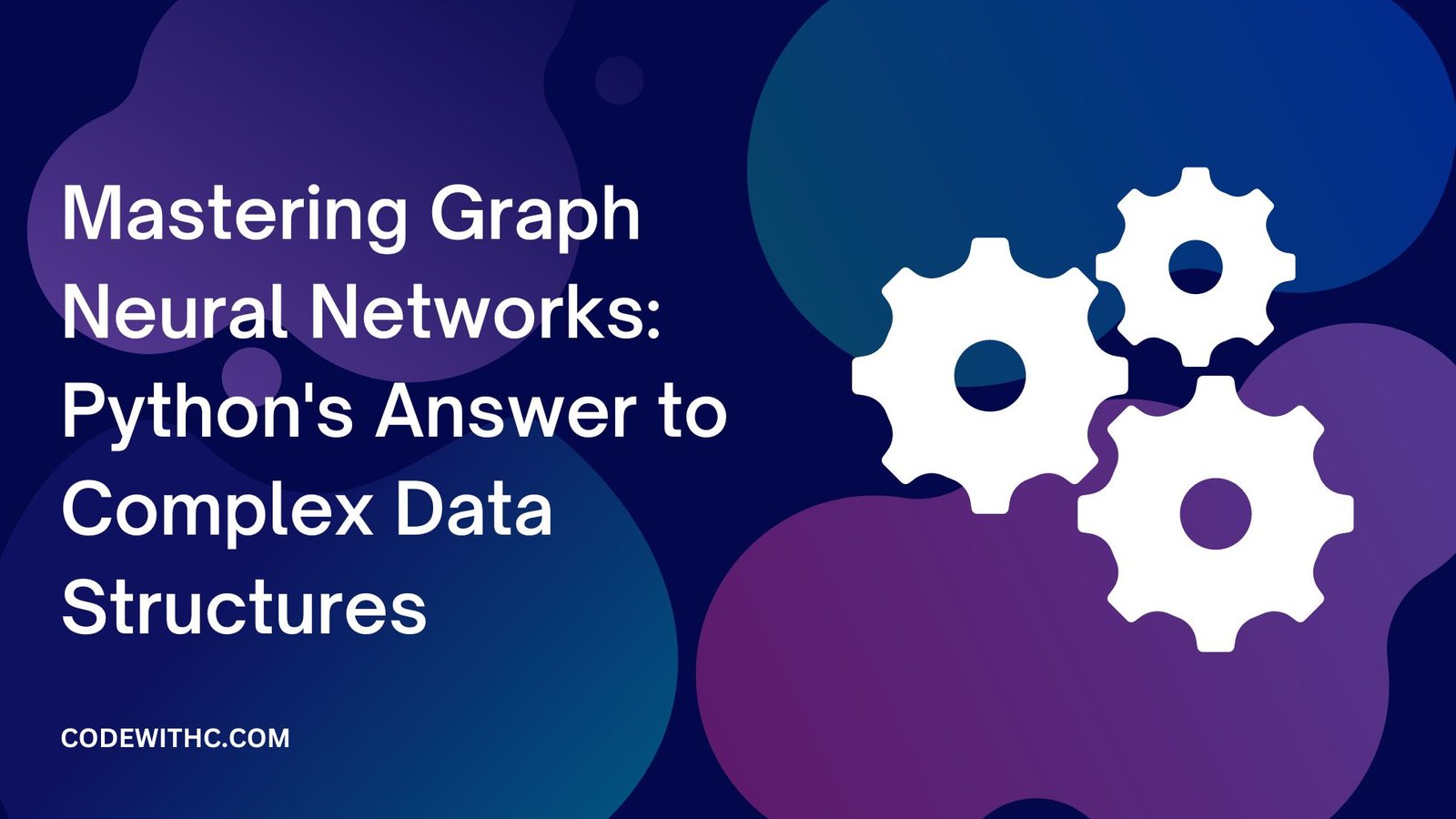It was on a cool autumn evening, sipping some hot chocolate, when my friend Lucy pitched a challenge: “How do you handle data that isn’t in your typical tabular form, like social networks or molecular structures?” And that, my friends, led us to the mesmerizing world of Graph Neural Networks.
GNNs: Breaking the Chains of Tradition
Traditional neural networks, be it CNNs or RNNs, have their strengths. But when it comes to irregularly structured data, like graphs, they throw their hands up. That’s where GNNs waltz in, adding that missing piece to the puzzle.
Why Bother with Graphs?
In life, everything is interconnected, right? Well, graphs capture that essence beautifully. Social networks, protein interactions, even the darn internet – they’re all graphs! And to process this data, you need a specialized toolkit, aka GNNs.
Here’s a bit of Python magic to set the stage:
import torch import torch_geometric as tg # Sample graph edge_index = torch.tensor([[0, 1, 1, 2], [1, 0, 2, 1]], dtype=torch.long) data = tg.data.Data(edge_index=edge_index) print(data)
Code Explanation: We’re using the torch_geometric library, a PyTorch extension for GNNs. The code snippet defines a simple graph with three nodes and edges between them.
Expected Output: A data structure representing the graph with nodes and edges.
The Power of Propagation
GNNs operate on a principle called message passing or propagation. Nodes exchange information with their neighbors, iteratively updating their states. It’s like gossip spreading through a small town – everyone eventually gets the news!
The Inner Workings of GNNs
While diving deep into the architecture, it’s essential to remember: at the heart of GNNs is the idea of iterative local information aggregation.
Layered Structure
Just like our beloved deep neural networks, GNNs also have layers. But instead of convolutions or recurrent loops, they have graph layers that aggregate and transform node information.
For those code aficionados, here’s a sneak peek:
from torch_geometric.nn import GCNConv class GNNLayer(torch.nn.Module): def __init__(self): super(GNNLayer, self).__init__() self.conv1 = GCNConv(dataset.num_node_features, 16) self.conv2 = GCNConv(16, dataset.num_classes) def forward(self, data): x, edge_index = data.x, data.edge_index x = self.conv1(x, edge_index) x = torch.nn.functional.relu(x) x = torch.nn.functional.dropout(x, training=self.training) x = self.conv2(x, edge_index) return x
Code Explanation: This Python code defines a simple GNN with two graph convolution layers using the torch_geometric library.
Dealing with Dynamic Graphs
Static graphs are cool, but the real world is dynamic, ever-changing. GNNs can handle dynamic graphs too, adapting to the evolving connections. It’s like updating your address book every time a friend moves – always in the loop!
Applications: Where GNNs Shine Bright
Ever wondered how Facebook suggests friends? Or how researchers predict molecular interactions? Yep, GNNs are the unsung heroes behind these marvels.
Social Network Analysis
From friend suggestions to detecting fake news, GNNs help social networks make sense of the massive web of connections. It’s amazing how accurately they can predict your next friend or favorite page!
In closing, Graph Neural Networks have opened a new frontier in machine learning. They challenge the traditional tabular worldview, embracing the interconnected nature of data. And with Python at the helm, the journey’s never been more exciting!
Remember folks, in the world of data, it’s not just about the nodes; it’s about the connections! Stay curious and keep graphing on! ?
